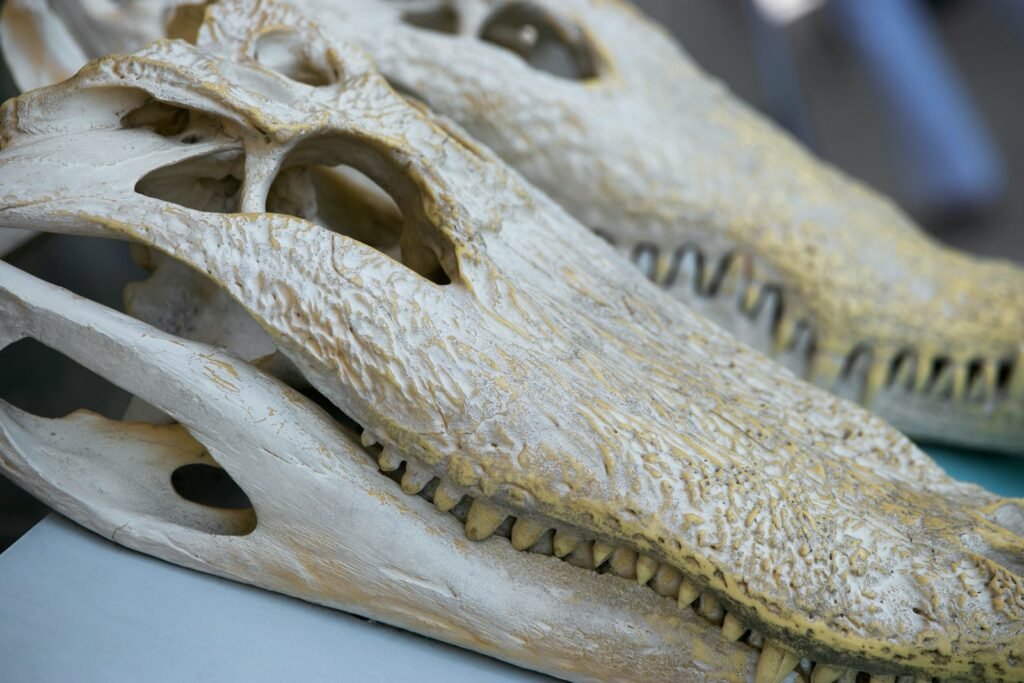It’s midnight in London. The streets are quiet, lamplight glows in puddles, and somewhere nearby, an amber-eyed fox slips between bins, its bushy tail flicking like a question mark in the dark. Not so long ago, the idea of wild foxes thriving in the heart of Britain’s cities would have seemed absurd. Yet today, urban foxes are as much a part of the cityscape as double-decker buses and corner shops. How did these clever creatures turn concrete jungles into their playground—and what secrets are they revealing about our own world along the way?
From Countryside to City: The Great Fox Migration
Foxes, once synonymous with rolling hills and rural hedgerows, have made a dramatic leap into Britain’s urban heartlands over the past century. This migration began subtly around the 1930s, when foxes followed the sprawl of suburban gardens and parks into the edge of cities. Food scraps, compost heaps, and the absence of natural predators created a welcoming environment for these opportunistic mammals. Over time, city foxes adapted to urban noise, traffic, and the unpredictable rhythms of human life. Their journey from shy woodland dwellers to bold city residents is an astonishing tale of adaptation and survival.
The Urban Fox’s Secret Life
City foxes have developed a reputation for being elusive, but modern technology is shedding light on their private lives. Night-vision cameras and GPS collars reveal that these foxes are masters of the urban maze. They dodge traffic, scale fences, and even use pedestrian crossings. Some foxes have learned the garbage collection schedules, arriving just in time for a midnight feast. Their home ranges are surprisingly small—sometimes only a few city blocks—since food is plentiful and dens are easy to find under sheds or in overgrown gardens.
Adapting to Human Habits
Urban foxes are quick learners, constantly adapting to the quirks of city life. They recognize the patterns of dog walkers, delivery vans, and even the quiet hours when streets empty out. Foxes have been spotted opening garden gates with their noses and scavenging for takeaways left outside pubs. They have a remarkable ability to blend into the background, becoming invisible to most city dwellers, even as they trot past late-night revelers or nap in sunny patches of a park.
Fox Families and Social Structures
Contrary to their solitary reputation, urban foxes often form tight-knit family groups. A dominant pair usually leads a family, with older siblings helping to rear new cubs. In cities, extended families sometimes share territory, working together to defend food sources and dens. Cubs grow up fast, playing fiercely in alleyways and learning to hunt pigeons or rummage through bins. Watching a fox family at dusk—a vixen shepherding her playful cubs—can feel like glimpsing a secret world within our own.
Diet: More Than Just Takeaway Leftovers

It’s easy to imagine foxes living on a diet of discarded kebabs and chicken bones, but their menu is far broader. Urban foxes are expert foragers, eating everything from earthworms and beetles to fallen fruit and rodents. They’ll raid compost bins, dig for grubs in lawns, and occasionally snatch a careless pet’s dinner. This varied diet helps them thrive in the unpredictable city, proving that foxes are as resourceful as any top chef.
Foxes as Neighbours: Friend or Foe?
Britain’s city dwellers have mixed feelings about their fox neighbours. Some people delight in spotting a fox on their evening walk or leave scraps out for them in winter. Others worry about torn rubbish bags, trampled gardens, or the occasional missing shoe. While foxes can sometimes cause minor nuisances, experts agree that they rarely pose a real threat to humans or pets. In fact, their presence helps control populations of rats and mice, offering a natural form of pest control.
Foxes and the Science of Urban Adaptation
Urban foxes are now at the forefront of scientific research into adaptation and survival. Biologists study their genetics, behaviour, and health to understand how animals cope with rapid environmental change. Foxes show remarkable plasticity: their skulls have even changed shape in response to city diets, and their social structures have shifted to fit urban living. These insights are helping scientists predict how other species might adapt—or struggle—as cities continue to expand.
Health and Disease in Urban Foxes
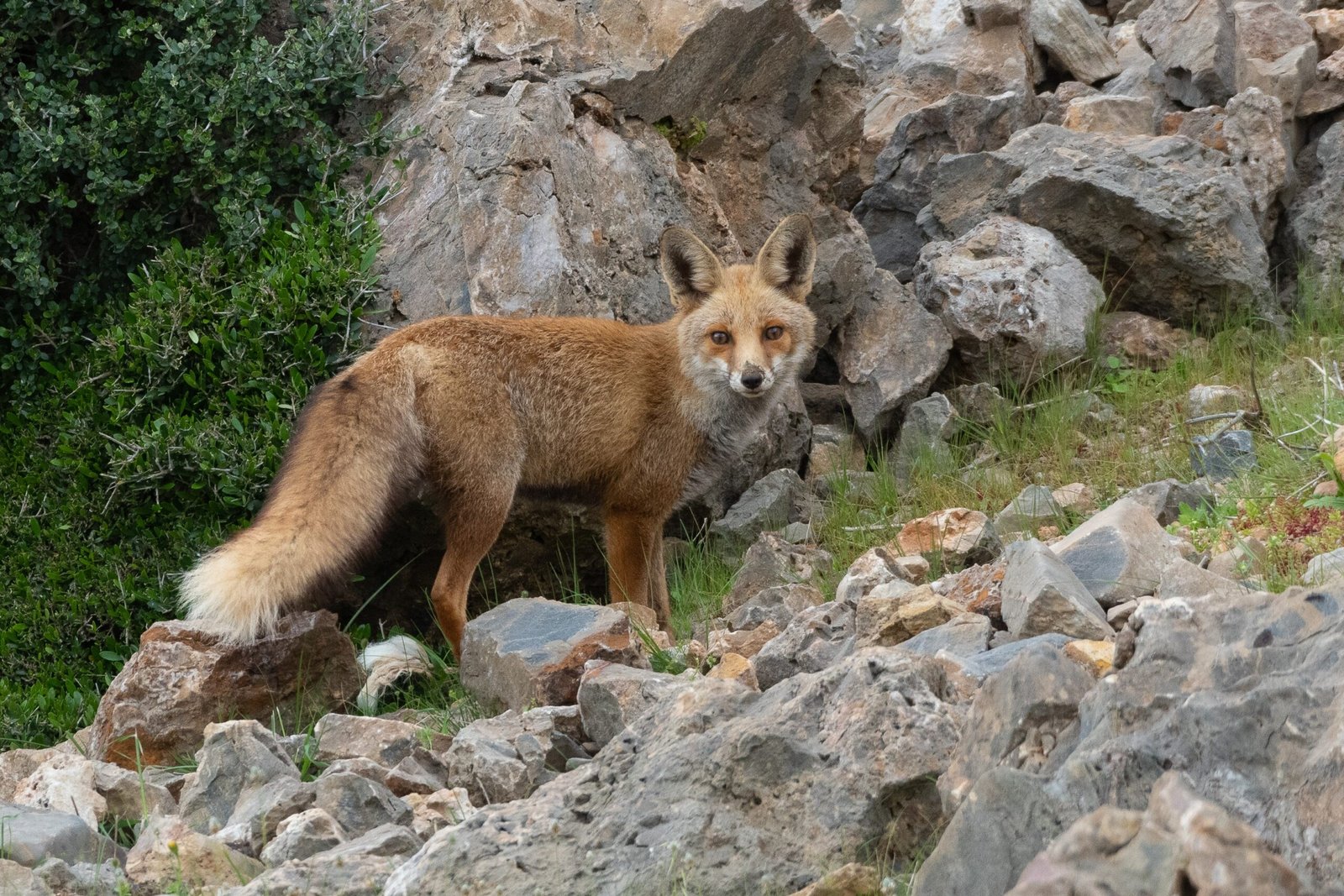
Living in the city brings new health challenges for foxes. They’re exposed to toxins, parasites, and the risk of injury from cars. Mange—a skin disease caused by mites—can sweep through fox populations, leaving some animals thin and patchy-furred. Despite these risks, city foxes are surprisingly resilient. Regular studies show that most urban foxes are healthy, with access to abundant food and fewer natural predators than their countryside cousins.
Foxes and the Urban Ecosystem
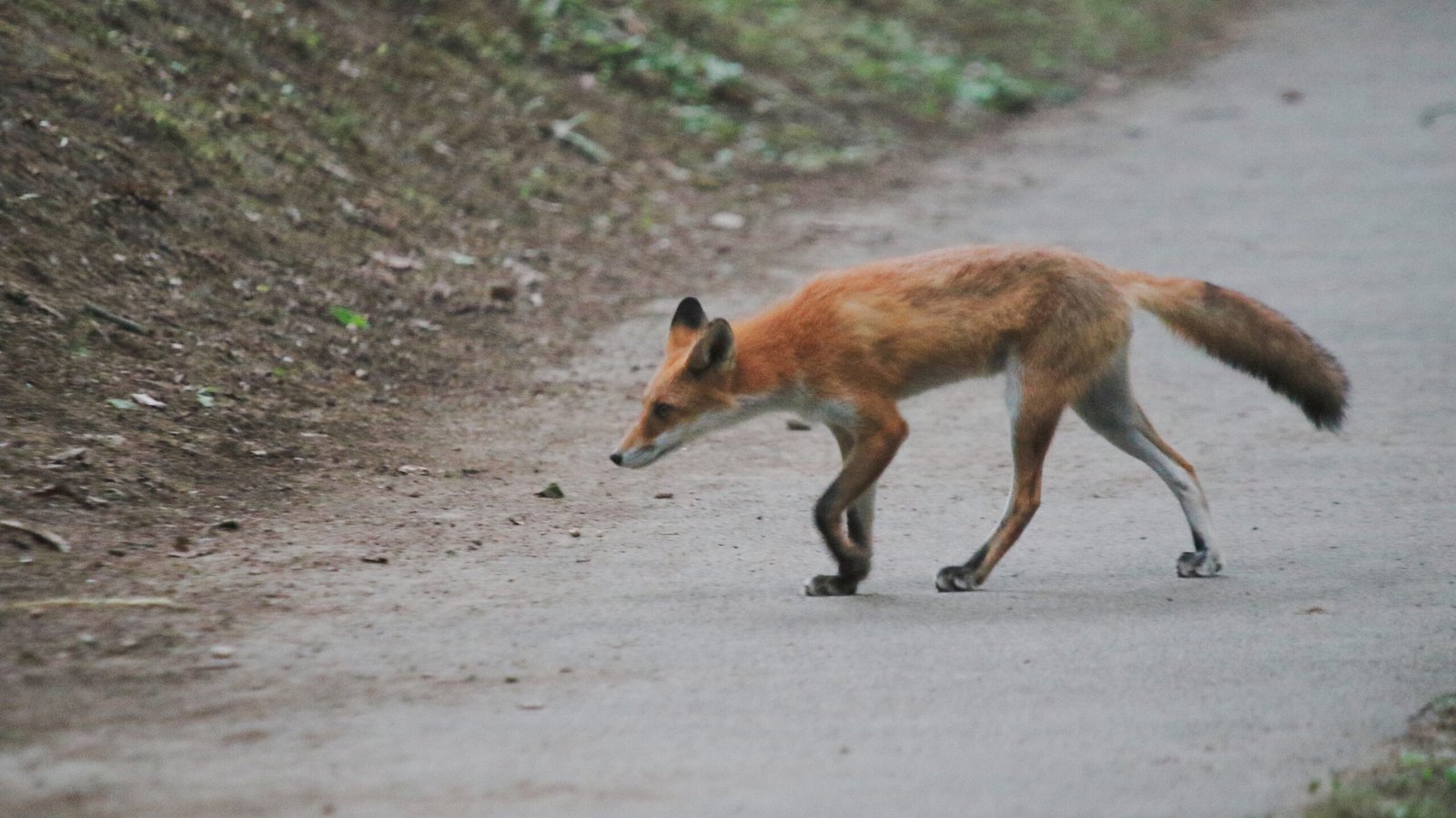
Far from being mere scavengers, urban foxes play a vital role in city ecosystems. By hunting rodents and insects, they help control pest populations. Their digging aerates soil, benefiting gardens and parks. They also serve as prey for larger predators such as badgers, and as hosts for a range of parasites and microbes. In this way, foxes help keep the delicate urban web of life in balance.
Human-Fox Encounters: Stories from the Streets
Ask around, and you’ll hear countless stories of fox encounters in British cities. There’s the early-morning jogger surprised by a fox trotting alongside them, or the night-shift worker who shares their sandwich with a curious vixen. One Londoner tells of a fox cub curled up on their doorstep, as if waiting to be let in. These moments remind us that wildness still exists on our doorstep, and that city life is richer for it.
Foxes in Folklore and Popular Culture
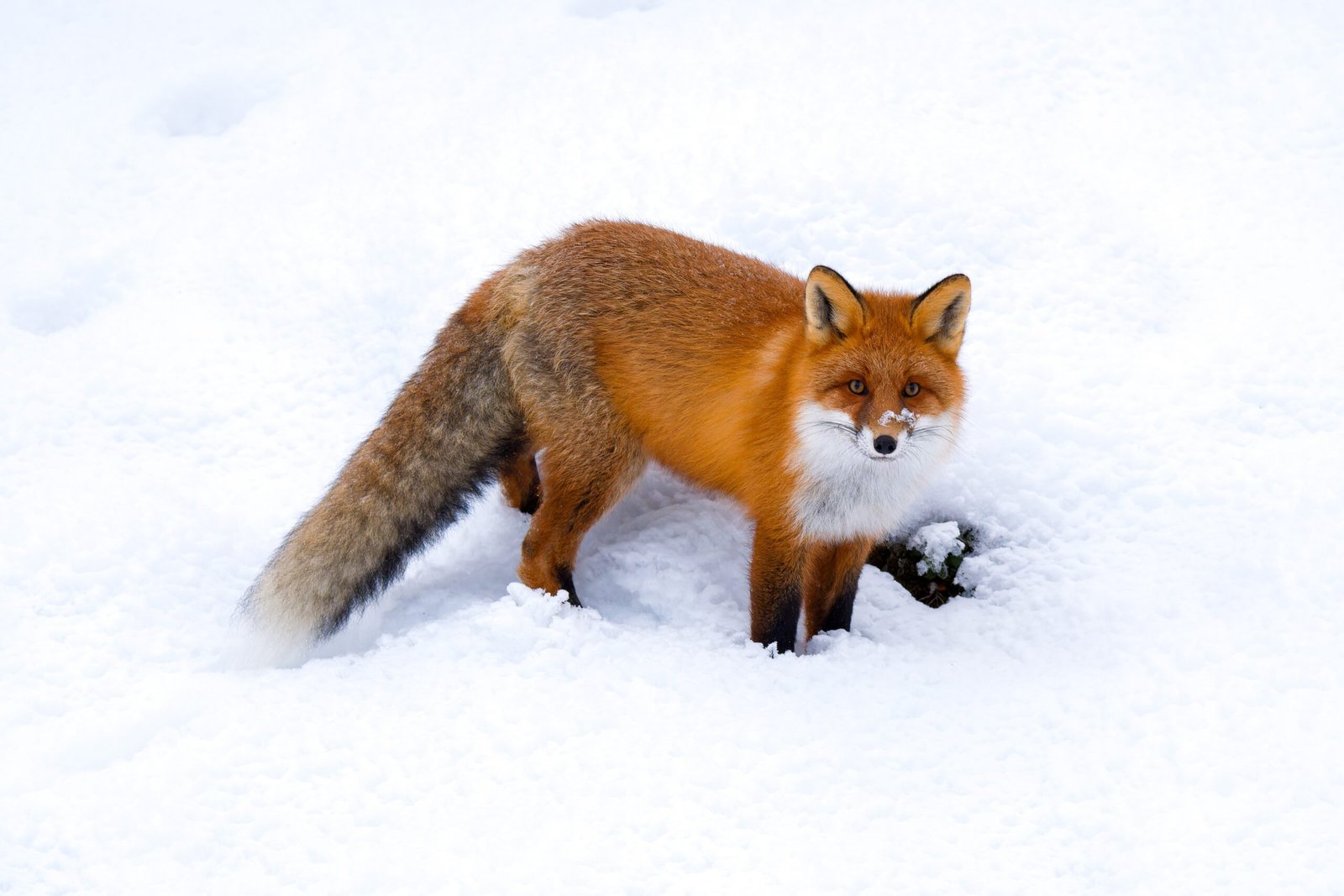
Foxes have long held a special place in British folklore and storytelling. Traditionally seen as cunning tricksters, foxes appear in everything from medieval tales to modern cartoons. In the age of social media, viral videos of foxes dancing under streetlights or stealing shoes from porches have captured the public imagination. These stories shape how we see our urban foxes—not as pests, but as charismatic survivors.
Challenges Facing Urban Foxes
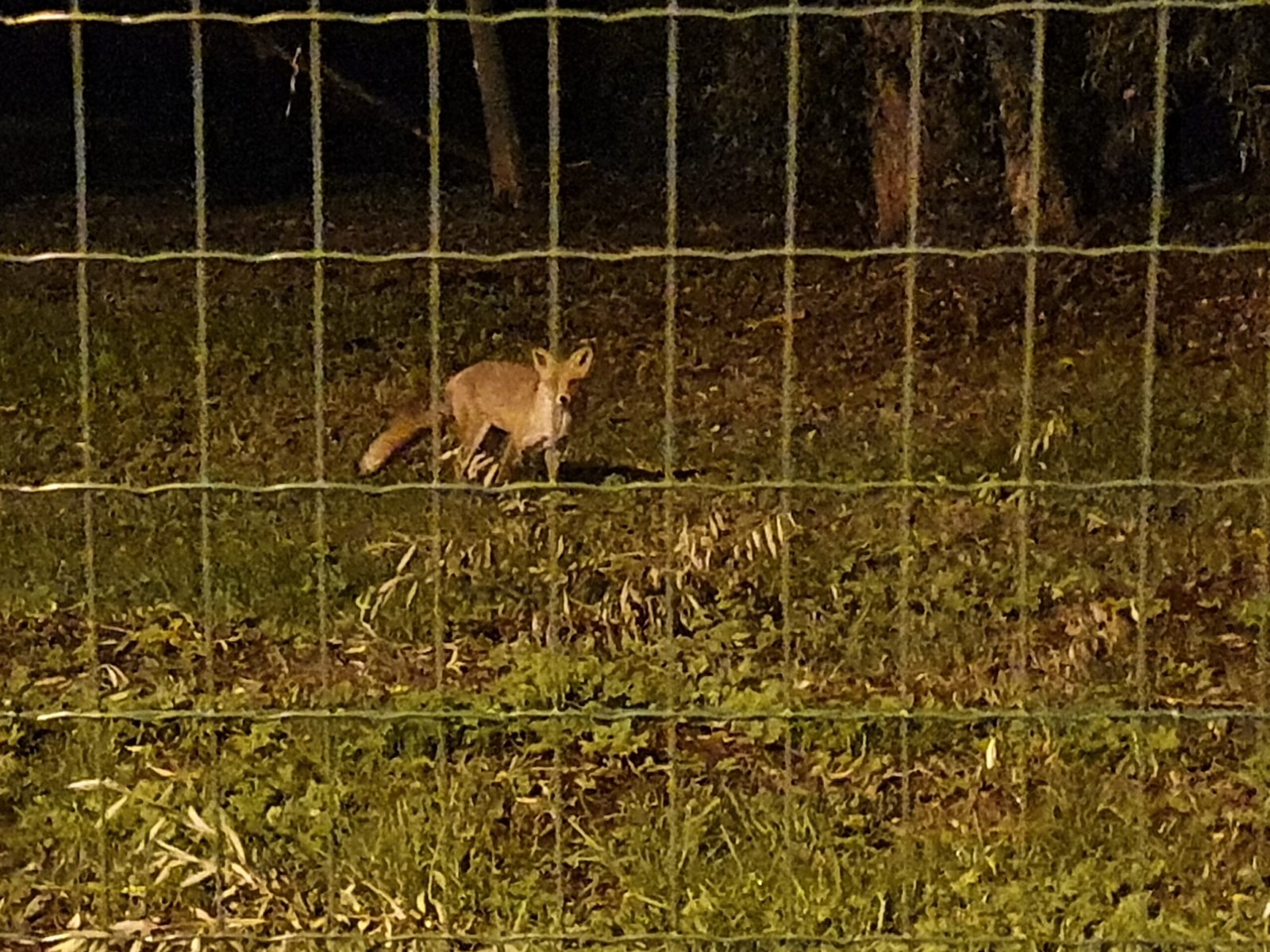
Life in the city isn’t always easy for foxes. They face dangers from traffic, disease, and sometimes hostility from humans. Changes in waste management, such as secure rubbish bins, have made food harder to find in some areas. Construction and development can destroy vital green spaces and denning sites. Despite these hurdles, foxes have shown a remarkable ability to bounce back, adapting in ways that continue to surprise scientists and city dwellers alike.
The Ethics of Urban Wildlife Management
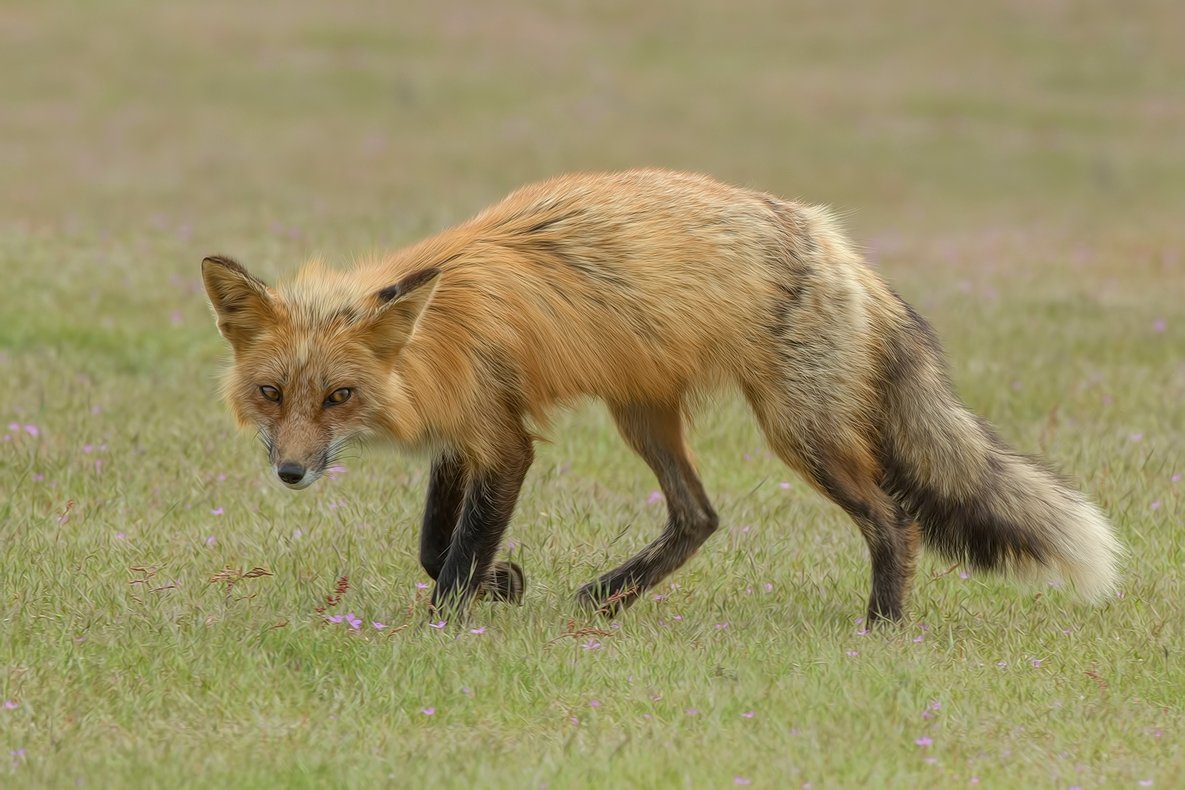
As fox numbers grow, debates flare up about how best to manage them. Some councils receive complaints about noise, mess, or perceived threats to pets. This raises difficult questions: Should we intervene, or let nature take its course? Most experts advocate for peaceful coexistence, encouraging responsible waste management and education rather than culling. The challenge is finding the right balance between human interests and the needs of wildlife.
Citizen Science: How the Public Helps Study Foxes
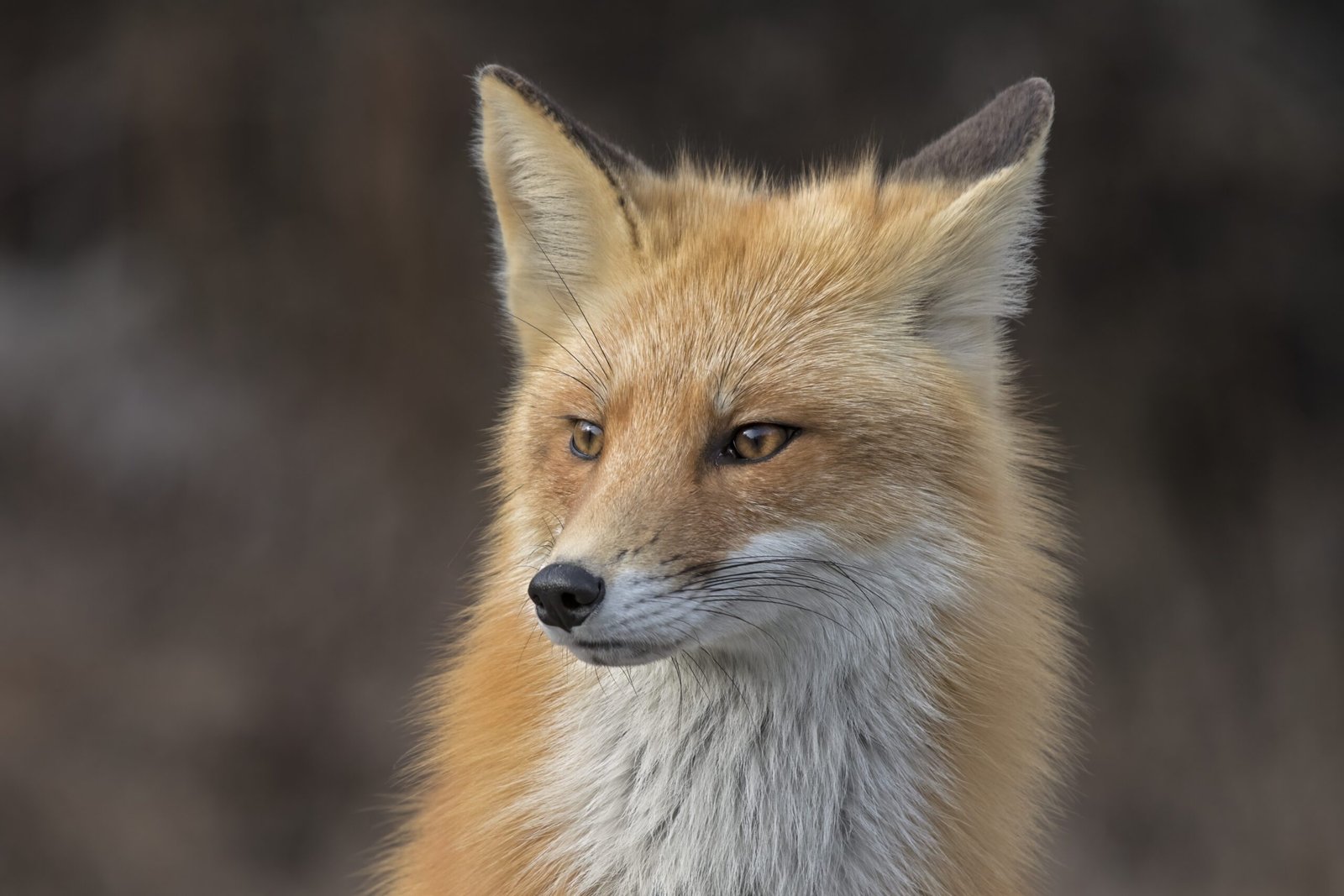
Ordinary people play a surprising role in studying city foxes. Across Britain, citizen scientists log sightings, set up camera traps, and report on fox behaviour through online platforms. This grassroots data helps researchers track fox populations, monitor health trends, and map changes in urban wildlife. It’s a partnership that turns every fox sighting into a valuable piece of scientific evidence.
Foxes and Urban Planning
Urban planners are beginning to recognize the importance of wildlife-friendly cities. Green corridors, wildlife bridges, and native planting schemes help foxes and other animals safely navigate the urban landscape. Some new developments even include fox-friendly features, like undisturbed corners and accessible green roofs. These design choices don’t just benefit animals—they make cities healthier and more enjoyable for people, too.
The Sounds of the Urban Night
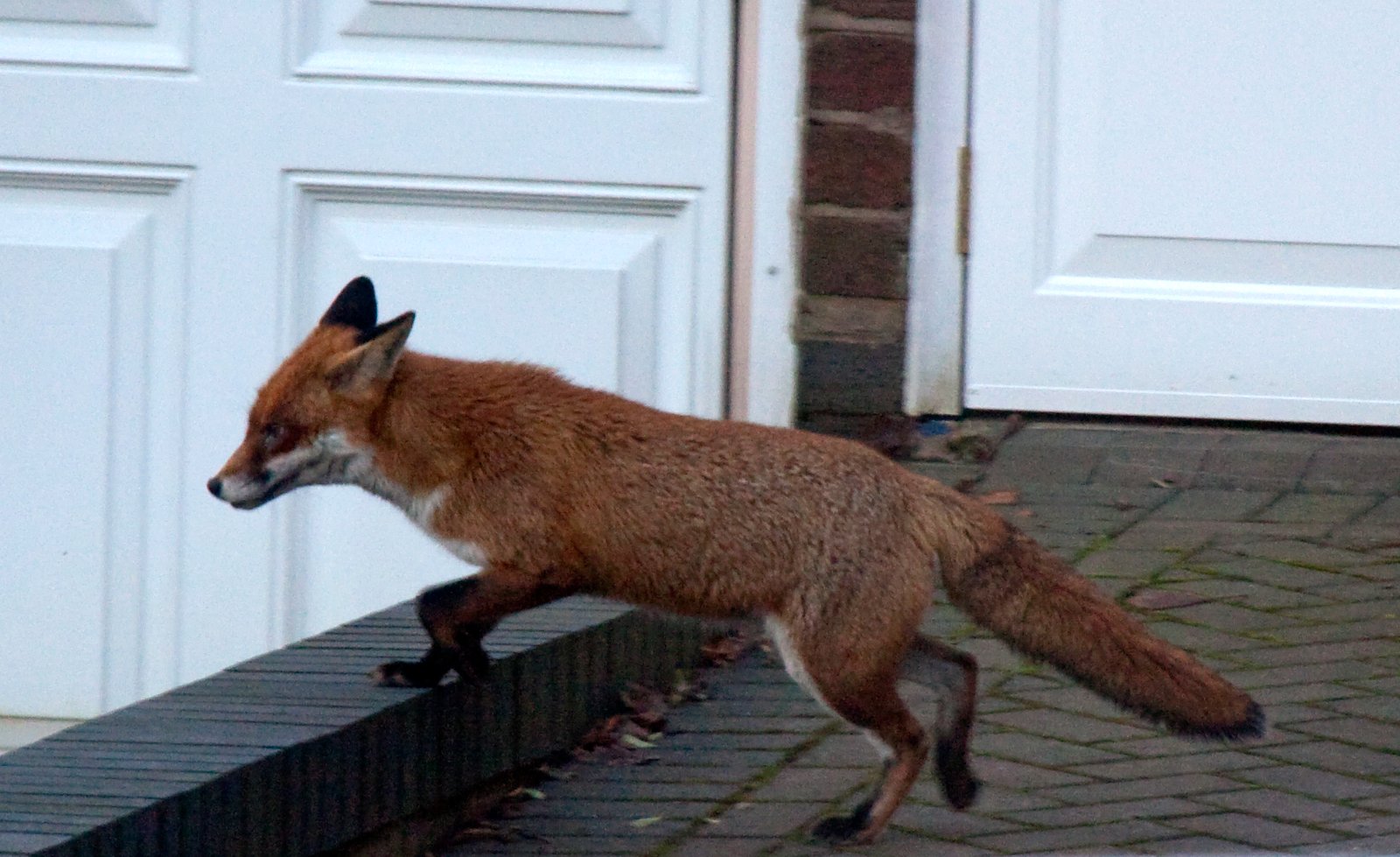
Few things are as haunting as the scream of a vixen echoing down a quiet street. Fox vocalizations—barks, screams, and yips—are a familiar part of the city’s nighttime soundtrack. For some, these sounds are unnerving; for others, they’re a reminder that wildness endures amid concrete and glass. Listening to fox calls can feel like tuning into an ancient broadcast, a message from the wild heart of the city.
Fox Cubs: Growing Up in the City
Spring in the city brings a special delight: the sight of fox cubs tumbling out from their dens. These playful bundles of energy learn survival skills in gardens, parks, and even abandoned industrial sites. Urban cubs face unique challenges—traffic, disease, and human disturbance—but their boundless curiosity and adaptability give them a fighting chance. Watching them grow is a reminder of nature’s resilience and the surprising ways life finds a foothold in even the most unlikely places.
Climate Change and Urban Foxes
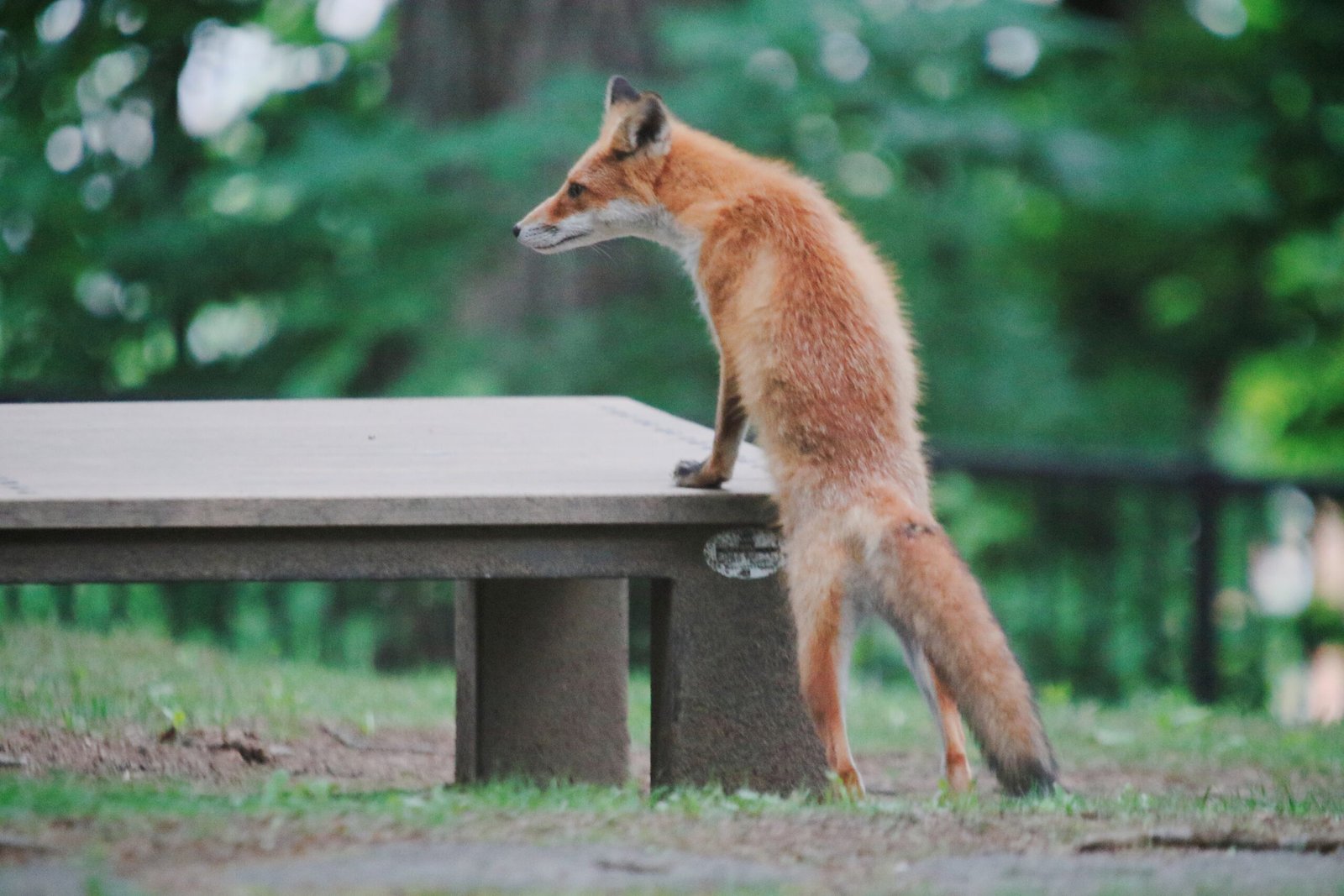
Climate change is reshaping cities, and foxes are feeling the effects. Warmer winters mean earlier breeding seasons, while extreme weather can threaten food supplies and den sites. As cities try to cope with heatwaves and flooding, foxes are forced to adapt alongside us. Their flexible diets and behaviours may help them survive future challenges, offering clues about how urban wildlife will respond to a changing world.
A Wild Future: What Next for Britain’s Urban Foxes?
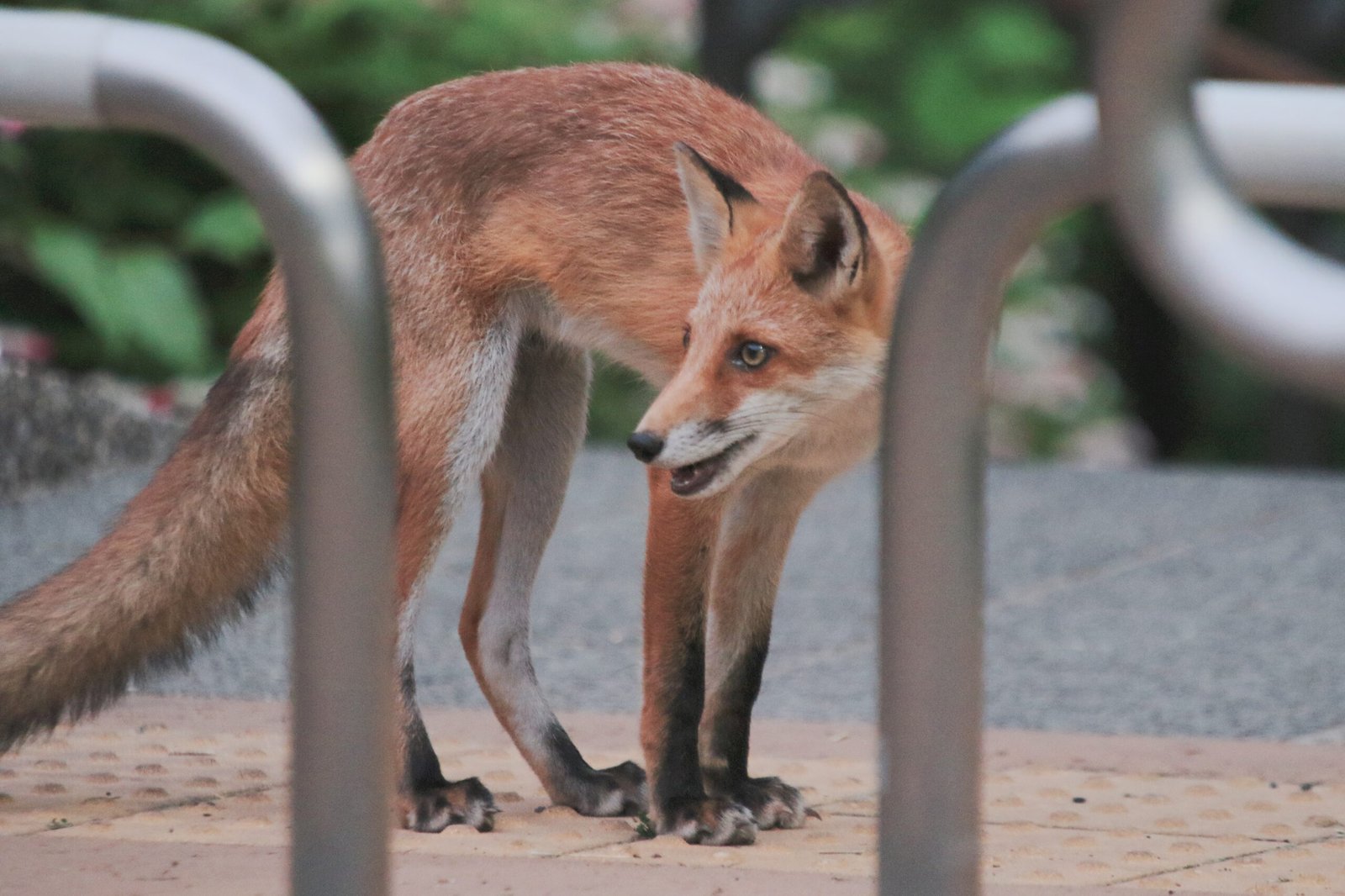
The story of Britain’s urban foxes is still being written. Will they continue to flourish as cities grow, or will new threats emerge? Advances in technology and the growing awareness of urban ecology suggest a future where humans and foxes share the city in new ways. The choices we make—about housing, waste, and green space—will shape the destiny of our wild neighbours for decades to come.
Reflections on Urban Wildness
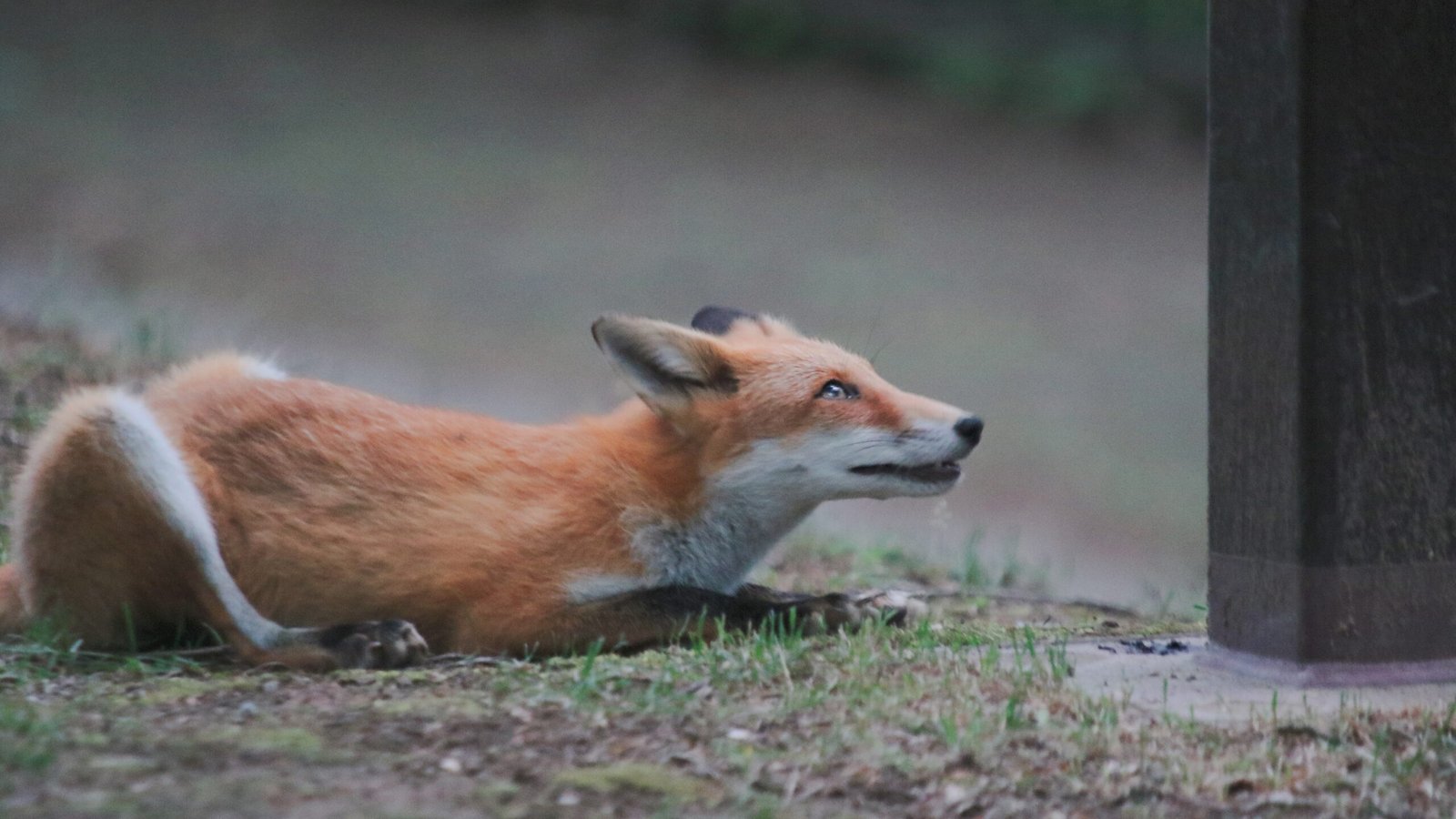
Urban foxes are more than just animals—they’re symbols of adaptability, resilience, and the untamed spirit that still pulses through our cities. Their presence challenges us to rethink our relationship with nature, not as something separate or distant, but as an everyday reality. Seeing a fox at dusk or hearing its call in the night can fill us with wonder, surprise, or even a touch of envy for their freedom. Perhaps, in watching them, we learn a little about ourselves and what it means to thrive in a world that’s always changing.


